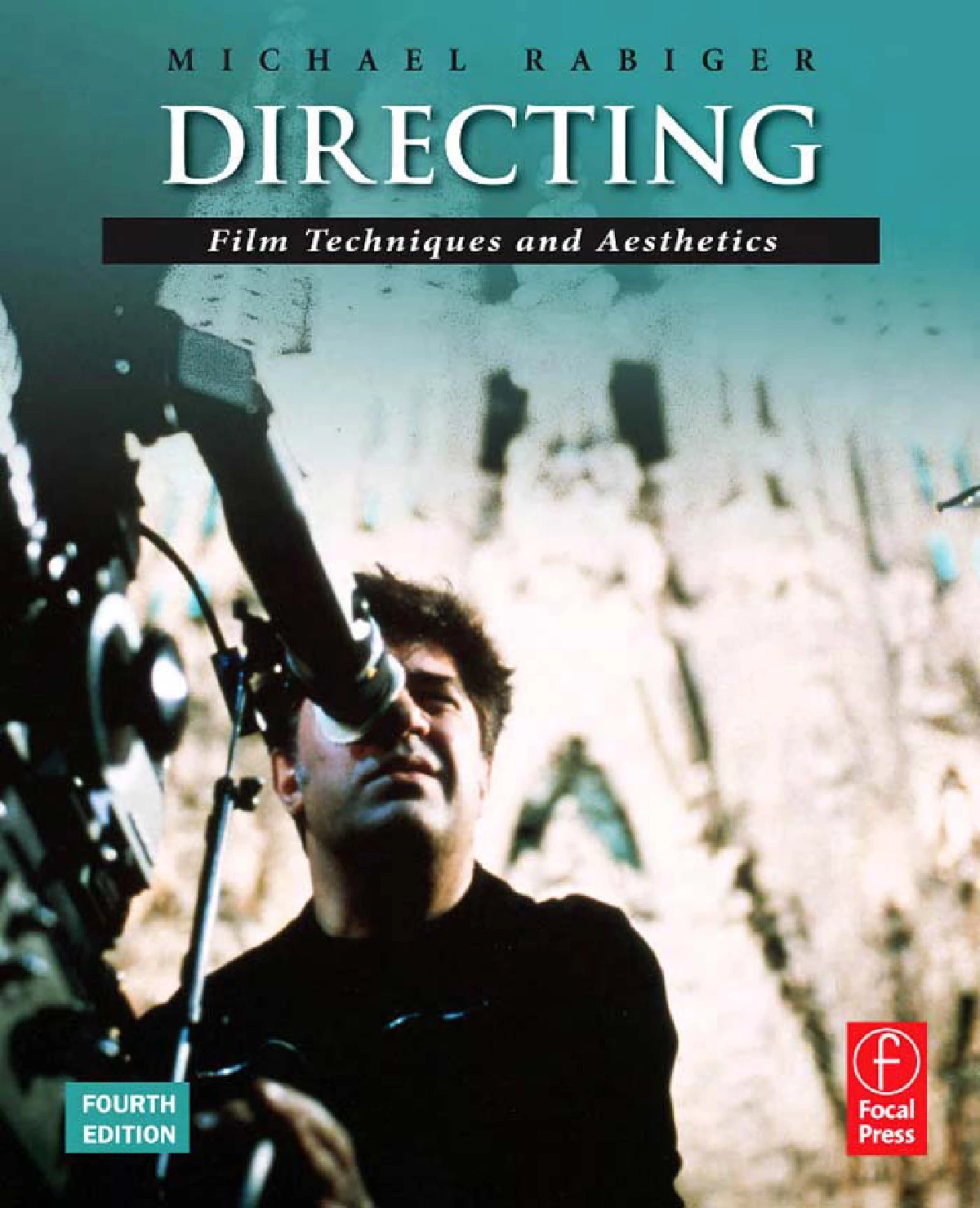
Filmmaking Techniques for Directors
Directors use various shot types (e.g., wide shots, close-ups, medium shots) to convey different emotions and perspectives. Understanding composition principles such as the rule of thirds, leading lines, and framing helps in creating visually appealing and meaningful shots.
Film Techniques and Aesthetics concentrates on what the beginner and the professional alike will find most challenging, that is, how to:
- Find dramatically rich stories and make good cinema
- Define a storytelling approach that stamps the film with an authorial identity
- Develop a script from a director’s point of view
- Develop an appropriate and revealing aesthetic approach
- Understand the visual language of cinema and use it expressively
- Cast actors who may or may not be professional
- Use a rehearsal and development technique to form an ensemble (vital for low budget production where the director can seldom hire experienced players)
- Make a shooting schedule and plans for shooting
- Apply film technology toward creative aims
- Develop a crew
- Shoot
- Edit the material into a fully functioning story
- Remain connected to the film’s original spirit and core idea throughout the rigors of the filmmaking process.
Filmmaking Techniques for Directors in India
| Technique | Description |
|---|---|
| Storyboarding | Directors in India use storyboards to plan visual sequences, camera angles, and compositions, ensuring efficient communication of the narrative. |
| Shot Types and Composition | Indian directors employ various shot types (e.g., wide shots, close-ups, long shots) and composition techniques to convey emotions and perspectives effectively. |
| Camera Movement | Directors utilize camera movements like pans, tilts, and tracking shots to add dynamism and depth to scenes, enhancing the visual storytelling experience. |
| Lighting | Lighting is crucial in Indian filmmaking for setting the mood and atmosphere of scenes. Directors work with cinematographers to use different lighting techniques. |
| Blocking and Staging | Directors carefully plan actor movements and positions within the frame to ensure smooth transitions between shots and convey character dynamics effectively. |
| Continuity | Maintaining continuity is vital in Indian filmmaking to avoid inconsistencies between shots. Directors pay attention to details like actors’ positions and props. |
| Sound Design | Directors collaborate with sound designers to incorporate dialogue, music, and sound effects that complement the visual narrative, enhancing audience immersion. |
| Editing | Indian directors work closely with editors to piece together footage, refine pacing, and enhance storytelling through editing techniques like cuts and transitions. |
| Directing Actors | Directors in India guide actors to deliver authentic performances that resonate with the story and characters, fostering effective communication and collaboration. |
| Visual Effects | Indian filmmakers integrate visual effects and CGI to enhance storytelling and create immersive worlds, collaborating with VFX artists and post-production teams. |